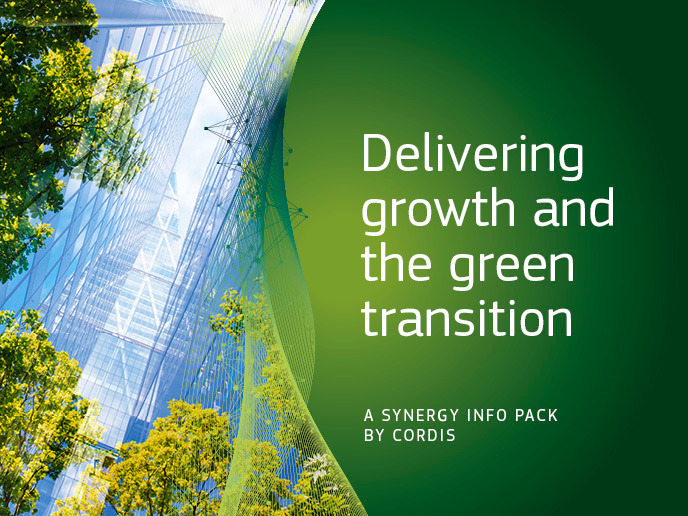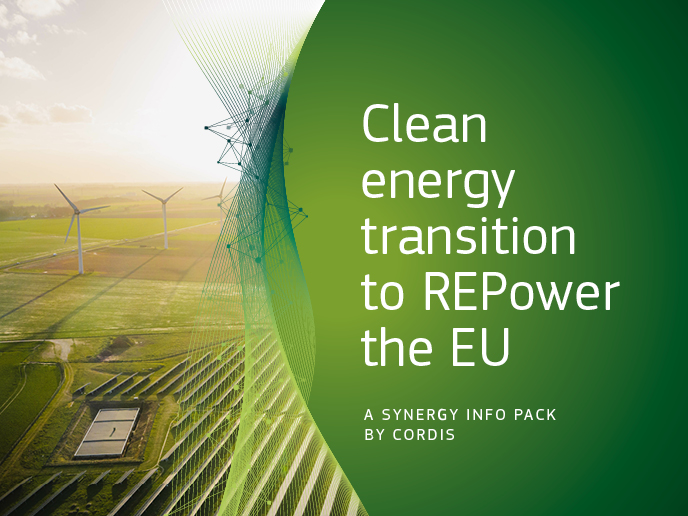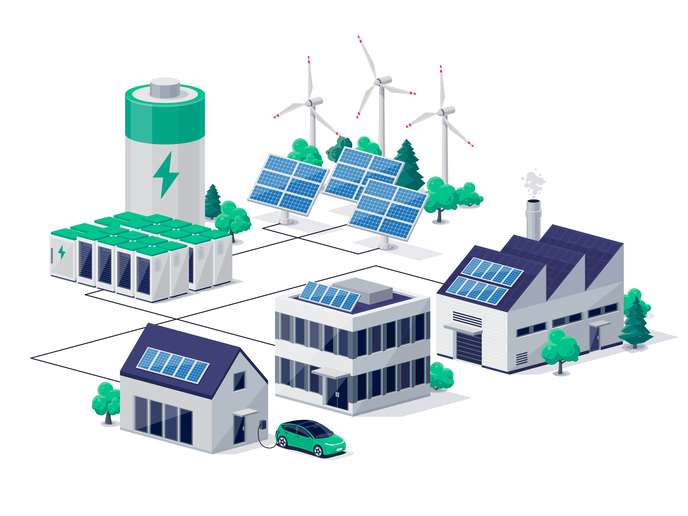Clean power
Finite fossil fuel supplies and associated climate-changing carbon emissions have created an urgent need for alternative, renewable energy sources. Photovoltaic (PV) technology provides solar power via panels composed of a number of solar cells that convert sunlight into electricity. Although sunlight is an abundant, clean energy source, current PV systems are relatively inefficient. An advanced alternative system known as concentrating photovoltaics (CPV) increases efficiency by using lenses and curved mirrors to focus sunlight onto solar cells. CPV technology is still in its infancy and its implementation on a wide scale is hampered by scientific and technical problems. As such, the EU-funded SUN ON CLEAN (Study of soiling effect and glass surface modification of concentrating photovoltaic (CPV) modules: Climate influence and comparative testing) initiative overcame one of the biggest challenges: dust accumulation on CPV modules. Dust settling on CPV glass lenses diffuses light going through them and reduces their efficiency. SUN ON CLEAN, a partnership among Brazil, Italy, Russia and Spain, investigated ways to coat the glass to prevent soiling and to make it self-cleaning. Researchers developed two coatings that prevented soiling in different ways. Hydrophobic silicon dioxide is deposited as a thin film on the glass surface and repels water and any dust or contaminants along with it. The other coating, a composite of silicon dioxide and titanium dioxide, does the opposite. It attracts water, essentially washing off contaminants and dirt by creating a film of water on the glass surface. Researchers tested their coatings under different climate conditions in Brazil, Italy and Spain and set up new characterization methods in order to isolate the soling effect with respect to the spectrum effect on the Multi-junction solar cells based CPV modules. They found that both coatings were more efficient than currently used anti-soiling coatings. SUN ON CLEAN's innovative anti-soiling, self-cleaning coatings will be up-scaled for industrial use and tested for long term operation. This advance in CPV technology will bring it closer to widespread application.







